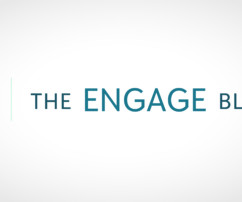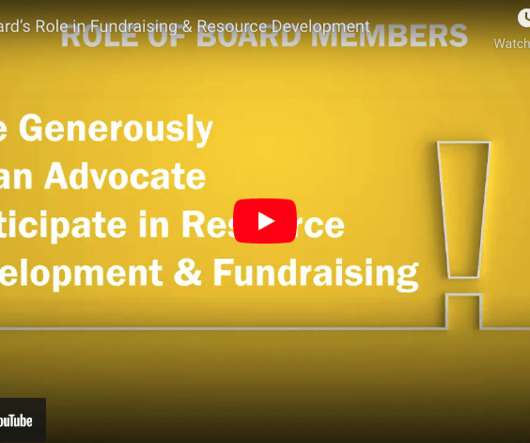What is Planned Giving?
sgEngage
NOVEMBER 19, 2023
Planned giving, often called” legacy giving,” is the process by which a donor or prospective contributor produces a financial or estate plan to donate something of value to an organization at a later time. Planned gifts are often donated through a will at an individual’s bequest so that the nonprofit receives the gift upon the donor’s death.












Let's personalize your content